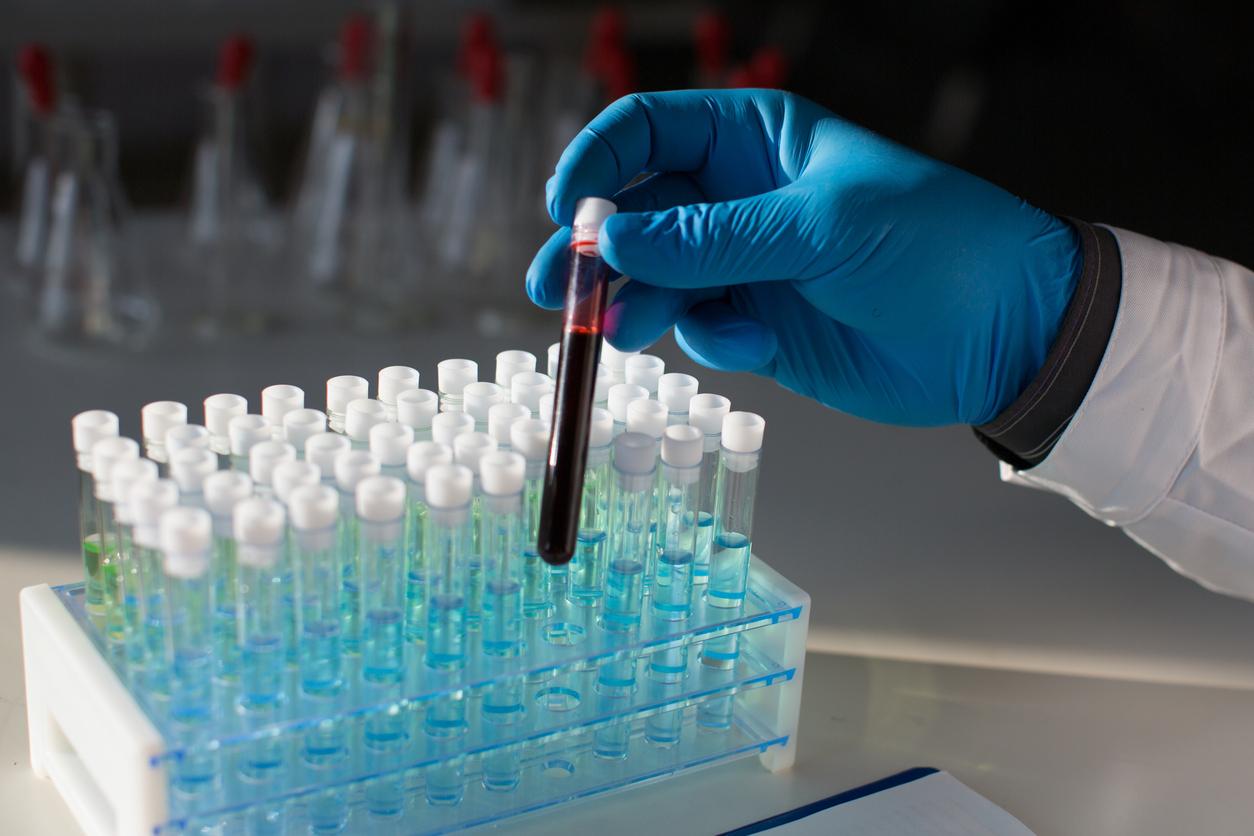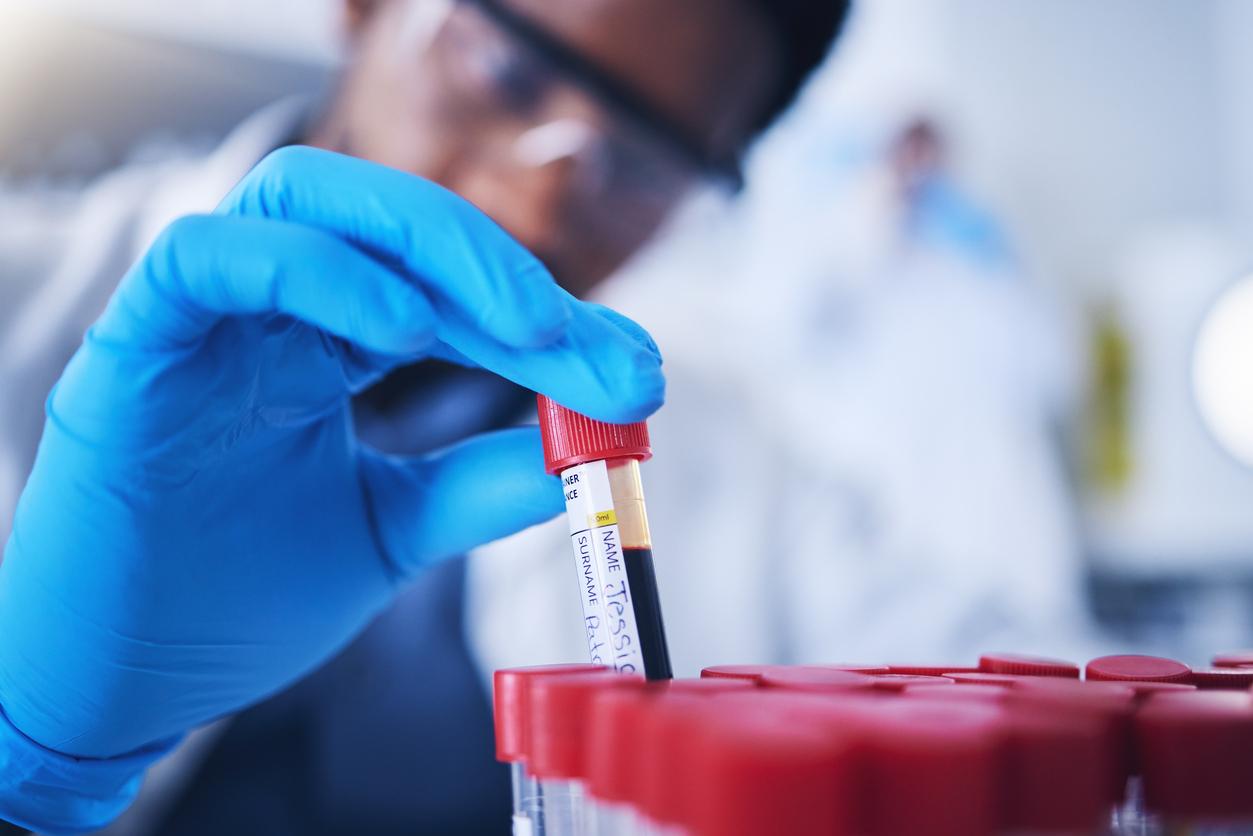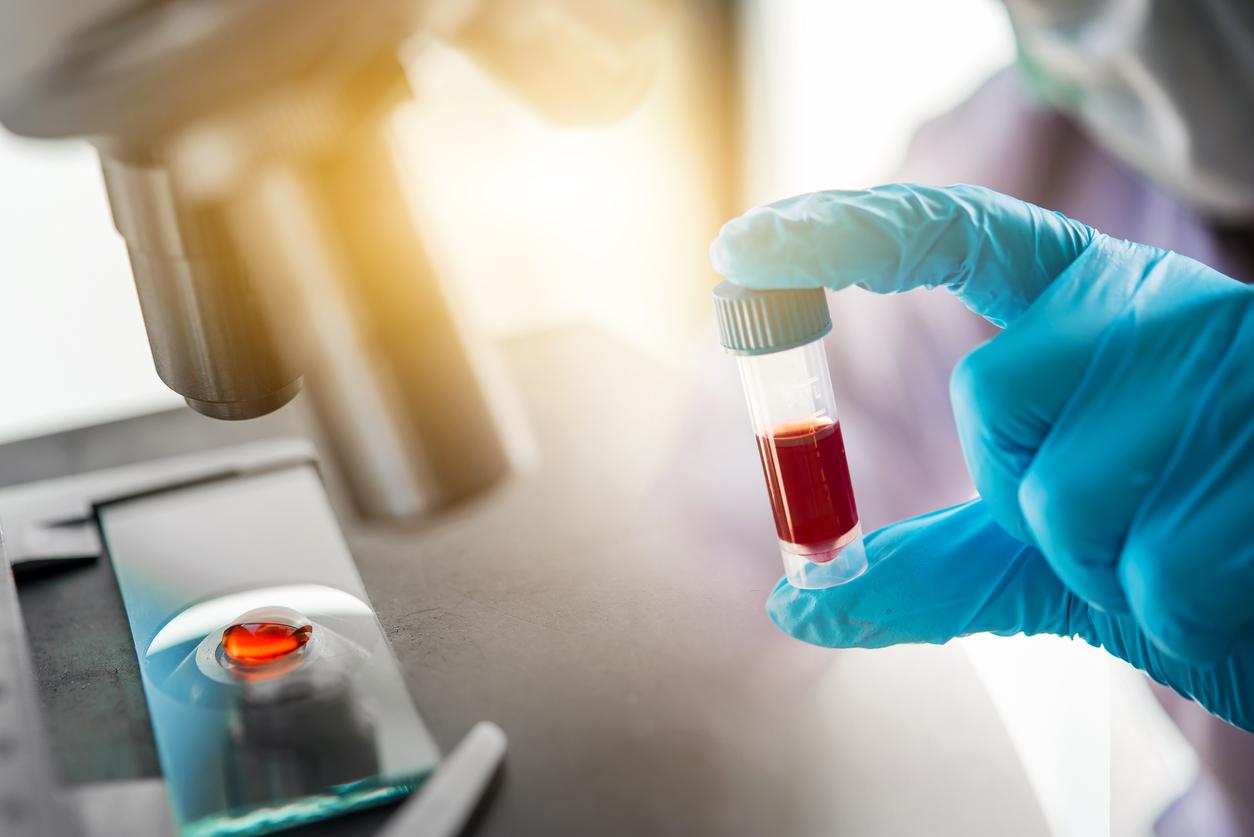A new rapid blood test could help diagnose sepsis in patients in just 45 minutes.

- Sepsis causes around 57,000 deaths in France per year.
- A blood test is currently being evaluated at two London hospitals. It makes it possible to detect a protein present in the extracellular traps of neutrophils, elements which appear when the immune system reacts extremely to an infection.
- The evaluation of the effectiveness of the blood test determining the NETs protein level, and thus the risk of sepsis, will last one year.
Sepsis, previously called sepsis, is a serious condition characterized by an extreme reaction of the immune system to an infection and which causes loss of organ function. According to estimates, it is responsible for nearly 700,000 deaths per year in Europe, including nearly 57,000 deaths in France.
The speed of detection and treatment of the fatal disorder is one of the key elements of patient survival. A new blood screening test, currently being evaluated in London establishments Guy’s Hospital and St Thomas Hospital, could help achieve this goal.
Sepsis : the effectiveness of the non-invasive blood test is evaluated
Featured in the English magazine Tea Timesthe blood test evaluates high levels of DNA fragments associated with sepsis in blood samples collected from patients. More precisely, it determines the level of the protein present in the extracellular traps of neutrophils (NETs). These are structures composed of DNA, histones and microbicidal proteins, released by the immune system when it goes into “overdrive” mode and causes sepsis. These analyzes only take 45 minutes. This would allow a rapid diagnosis.
The experiment carried out in the two British hospitals began on November 27 and will last one year. During this period, researchers will verify the effectiveness of the blood test in early detection of sepsis. If the results are conclusive, this test could be used to rapidly detect disease in patients who present with symptoms in the emergency room or whose condition deteriorates in hospital.
Sepsis: “dLives can undoubtedly be saved.”“
For researchers, it is essential to find a way to quickly detect cases of sepsis. Dr. Andrew Retterconsultant in intensive care within the two test hospitals and who directs the study, recalls in the British press: “Sepsis is the leading cause of death in hospitals and mortality increases by up to 8% for every hour of delay in treatment. Being able to identify patients at highest risk of sepsis using a simple blood test would be a paradigm shift in the field and could save thousands of lives each year.”.
Dr. Ron Danielsfounder and co-chief executive officer of UK Sepsis Trust, adds: “Delays in diagnosis not only lead to loss of life and increased cost of care, but also poor outcomes for survivors, including disability” then continues “any test that can help us has Identifying patients at increased risk of sepsis can ensure that we identify and treat patients with the most urgent need first: if this research demonstrates that proteins NETs fulfill their promise as a risk stratification tool, then lives can undoubtedly be saved.”

















